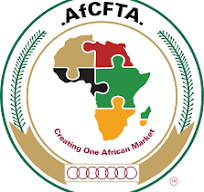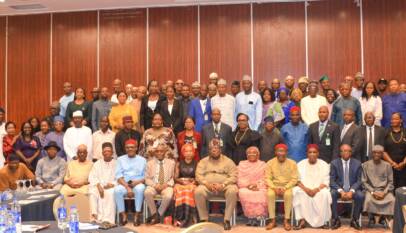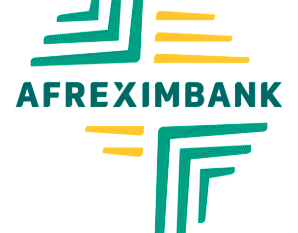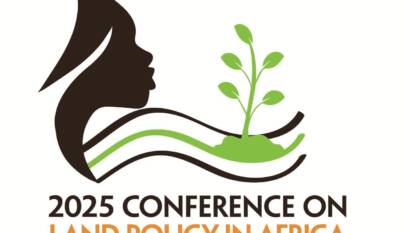Intra-African Trade Surges to $220 Bn in 2024 as AfCFTA Gains Traction
Trade between African nations rebounded sharply in 2024, reaching $220.3 billion, a 12.4% increase over the previous year—after a 5.9% contraction in 2023, according to Afreximbank’s African Trade Report 2025.
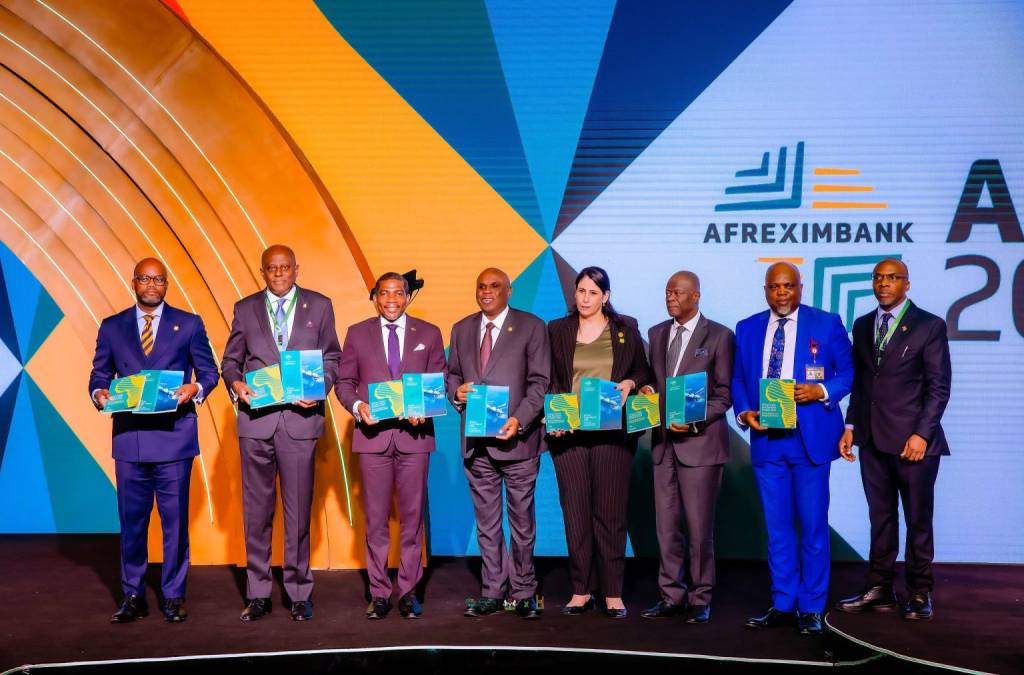
This resurgence was powered by stronger activity in South Africa, Nigeria, and Morocco, solidifying their roles as intra-African trade engines. Nigeria in particular, more than doubled its intercontinental trade to $18.4 billion, surpassing the Democratic Republic of Congo (DRC), which grew more modestly to $11.4 billion.
Dr. Yemi Kale, Afreximbank’s Chief Economist, emphasized that despite global uncertainties—including inflation, sovereign debt, and trade finance gaps—the data shows clear momentum in intra-African commerce: “Africa’s trade recovery in 2024 underscores how regional integration under the African Continental Free Trade Area (AfCFTA) is boosting resilience.”
He noted that although Africa’s GDP growth surpassed 3% in 2024–25, the continent has only begun to tap into its vast trade potential. The AfCFTA seeks to change this by unlocking industrial value chains and lowering barriers, paving the way for deeper economic integration and more resilient growth.
Rising Stars—Nigeria, DRC and Uganda
- Nigeria: Fuelled major intra-trade growth, climbing to second place with 8.3% of total African trade.
- DRC: Benefited from its strategic geography and expanding rail corridors, notably linking to South Africa’s Durban and Tanzania’s Dar es Salaam, playing a pivotal role in regional logistics.
- Uganda: Entered the top 10, with a 28% year-on-year rise to $7.6 billion in trade.
- Kenya, Tanzania, Rwanda: Each posted robust gains, reinforcing East Africa’s growing intra-regional connectivity.
While primary commodities such as minerals and agricultural products still dominate Africa’s trade, Afreximbank notes an accelerating shift toward industrial output—particularly machinery, motor vehicles, food products, chemicals, and electronics. Strengthening logistics and manufacturing value chains is key to sustaining this shift.
“This evolution signals the continent’s gradual move from commodity-export dependency toward industrial diversification,” said Faisal Durrani, Research Lead at Pan-African Trade Analysts.
The AfCFTA, which aims to eliminate tariffs on 97% of intra-African tradable goods, is central to this progress. However, only 24 countries are actively trading under its framework—a bottleneck highlighted by AfCFTA Secretary-General Wamkele Mene, who warned that Africa must build value chains itself to withstand global trade upheavals.
Infrastructure deficits remain a barrier. The continent requires about $100 billion annually in logistics, transport, and digital upgrades to close the gap. Afreximbank is supporting that effort via trade finance and the expansion of its Pan-African Payments and Settlement System (PAPSS).
Despite the recovery, intra-African trade in 2024 fell $77 billion short of its estimated potential—a gap that, if realized, would boost total trade to nearly $296.3 billion, or 20% of Africa’s overall trade volume. Afreximbank identifies key sectors—ranging from motor vehicles and machinery to food and metals—as areas ripe for growth.
Afreximbank is ramping up support, aiming to boost its intra-trade finance to $40 billion by 2026, up from $20 billion in 2021, and has established a $10 billion AfCFTA Adjustment Fund to aid participation. These initiatives, including PAPSS and transit guarantee schemes, are critical to closing the trade and infrastructure gaps.
Africa’s intra-regional trade rebound in 2024 underscores both resilience and growing confidence in the continent’s integration model. The momentum behind AfCFTA, expanding trade finance, and shifting trade composition toward manufactured goods offer a blueprint for sustainable growth. But achieving AfCFTA’s full promise hinges on overcoming infrastructure and policy hurdles—necessary to capture the next $77 billion in trade potential.
Source: Middle East Observer

